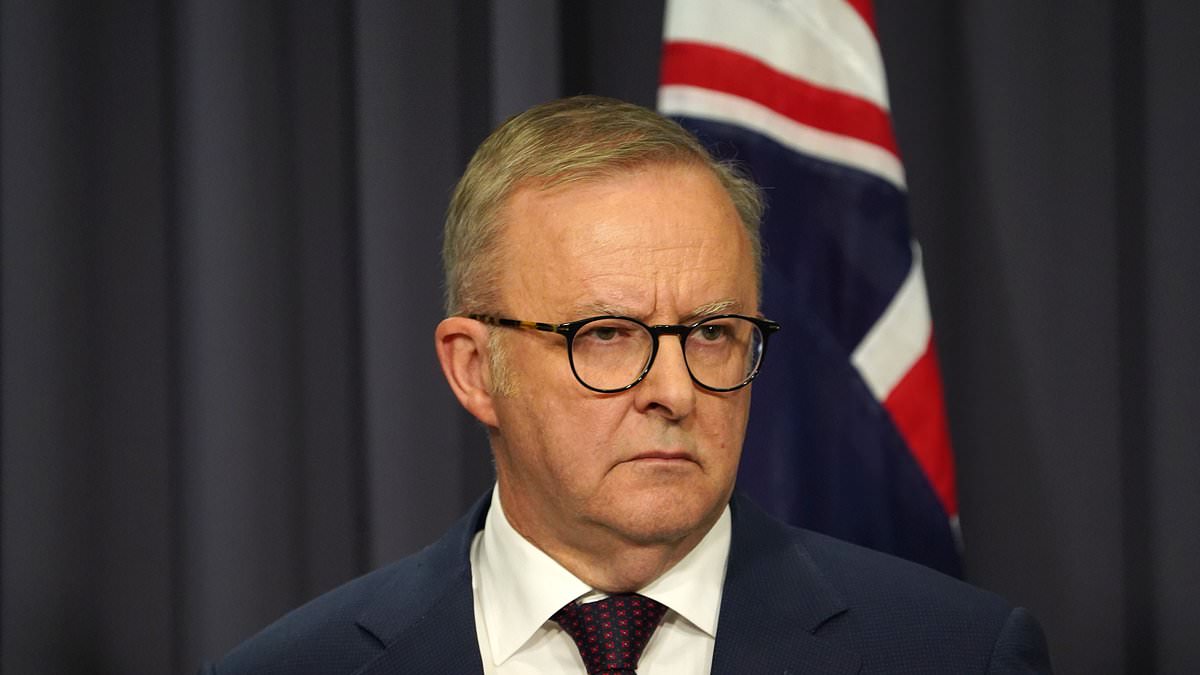ns can expect to pay higher taxes and face cuts to services if the government does not find a fix to its chronic debt problem.
The federal bottom line is expected to be $21.8 billion worse off than previously forecast over the next four years, the mid-year economic and fiscal outlook revealed on Wednesday.
With spending increasing due to challenges like an ageing population and tax receipts falling due to sluggish economic growth, is not expected to be back in surplus until 2034/35.
The government’s finances have long been in structural decline but nothing is being done to reverse it, EY chief economist Cherelle Murphy warned.
The deficit downgrades are expected to add an extra $49 billion in government debt by 2027/28, meaning more money will need to be devoted to interest payments.
That meant less flexibility to fix the problems of the future, Ms Murphy said.
‘The government has failed to deliver a path to lift the prosperity of the n people and grow its way out of the debt burden,’ she said.
‘We need a plan to jump start our productivity through major reforms – including, importantly, to our tax system, trade and education – or we will face higher taxes and cuts to essential services in the future.’
The mid-year update included increases to spending on items such as child care, the PBS and infrastructure cost overruns, which the government classed as ‘unavoidable’ spending.
Independent economist Saul Eslake did not buy that.
‘I’m not saying they are ‘bad’ decisions, but they aren’t ones that absolutely had to be taken,’ he said.
‘What the government has avoided is making any decisions as to how this additional spending should be paid for.’
Mr Eslake said government spending was now permanently on a higher plane of about 26.5 per cent of GDP, which is about 1.75 percentage points of GDP higher than the average between the mid-1970s and the onset of the COVID-19 pandemic.
This is the result of more spending on health, aged care, disability services, child care and defence as well as higher interest payments.
One way of reducing spending would be to axe the ‘No Worse Off’ GST deal with Western , which will make the federal budget $21.1 billion worse off over the four years to 2027/28.
Beyond that, politically palatable spending cuts are much harder to find, Mr Eslake said.
‘Neither side of n politics has been willing to have an ‘adult conversation’ with the n people about how all this additional spending should be paid for,’ Mr Eslake said.
Without structural change, the burden will fall disproportionately on younger generations, who will be on the hook for ever-increasing personal income taxes and be forced to pay off larger budget deficits.
Treasurer Jim Chalmers said the government had not ignored the structural pressures on the budget.
It had banked previous upward revisions to revenue, made modest but meaningful changes to the tax system and found $92 billion in savings and reprioritised spending since the election, he argued.
But shadow treasurer Angus Taylor said ns were experiencing lower living standards due to higher government spending and promised to reimpose fiscal guardrails, limiting taxation to 23.9 per cent of GDP, if elected.
‘What we see in this update is red ink as far as the eye can see,’ he said.
